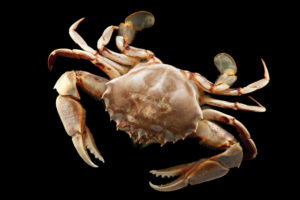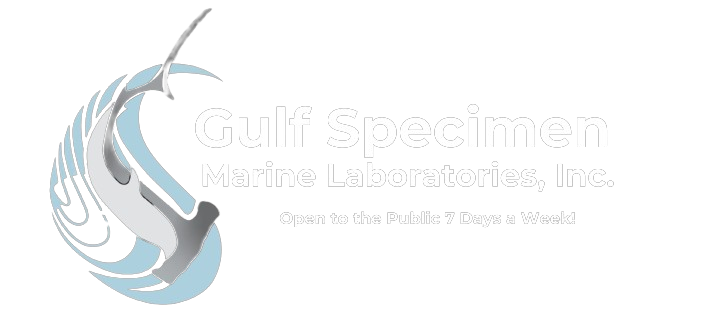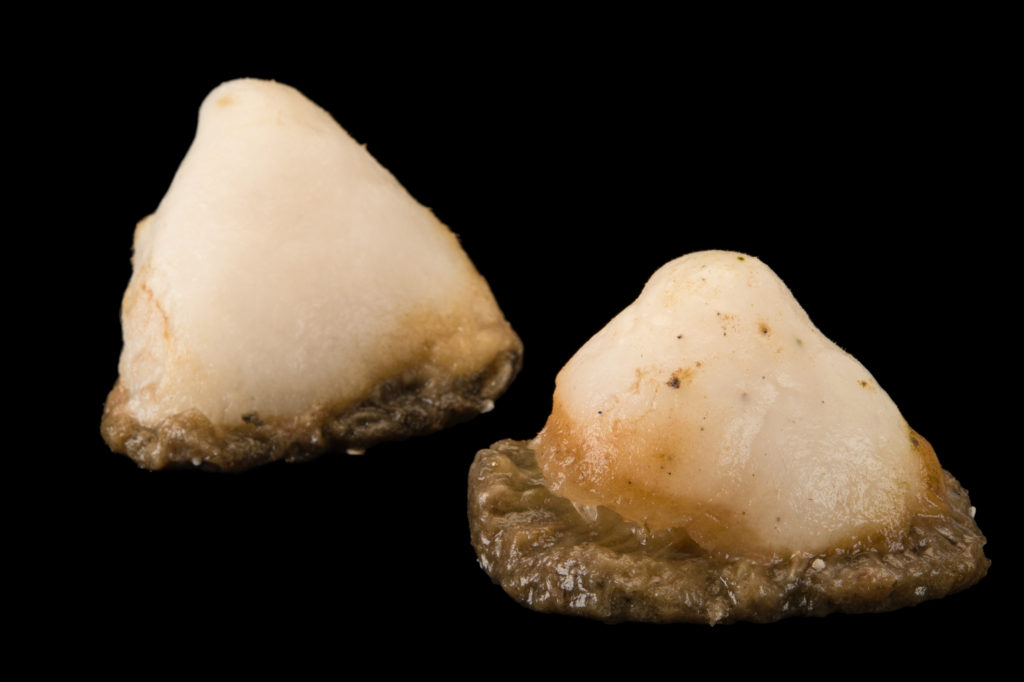Shop
This is where you can browse products in this store.
$135.00 – $270.00

$135.00 – $270.00
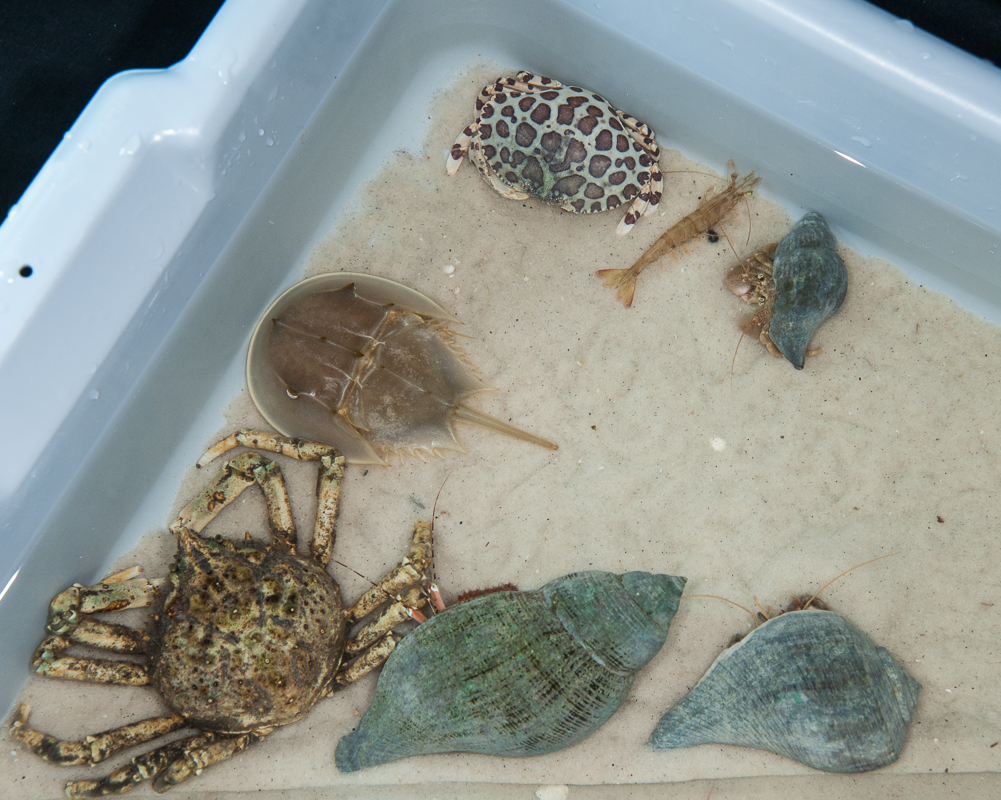
$135.00 – $270.00
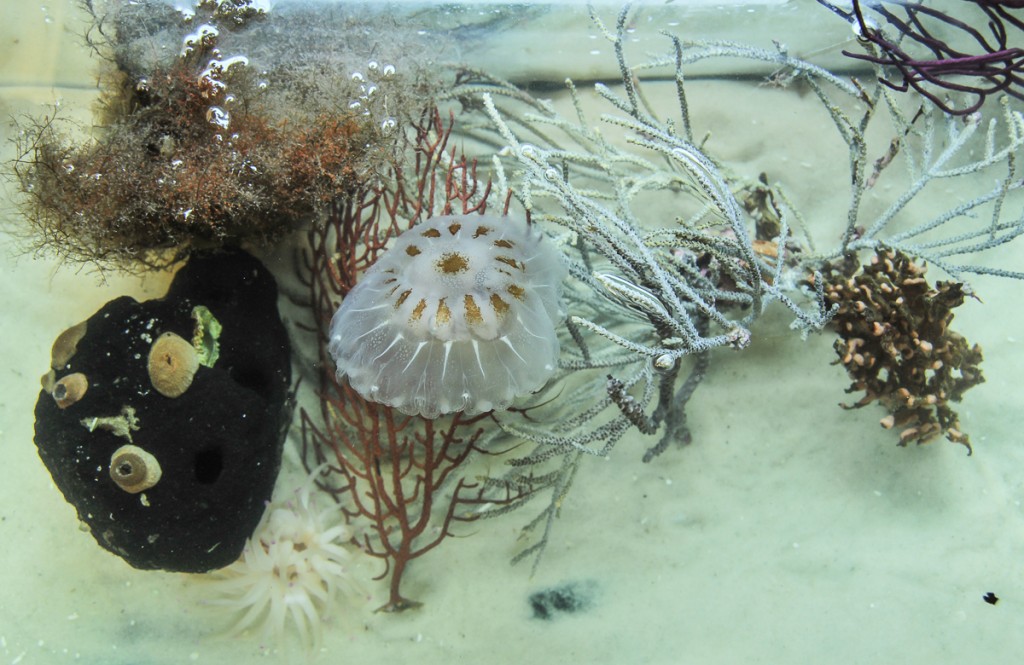
$135.00 – $270.00
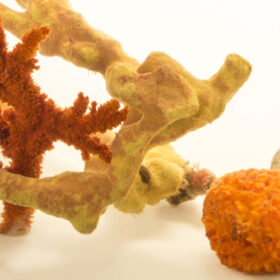
- Included are chitons, clams, mussels, whelks, snails, and nudibranchs. When abundant, scaphopods and/or frilled sea hares may be included.
$135.00 – $270.00
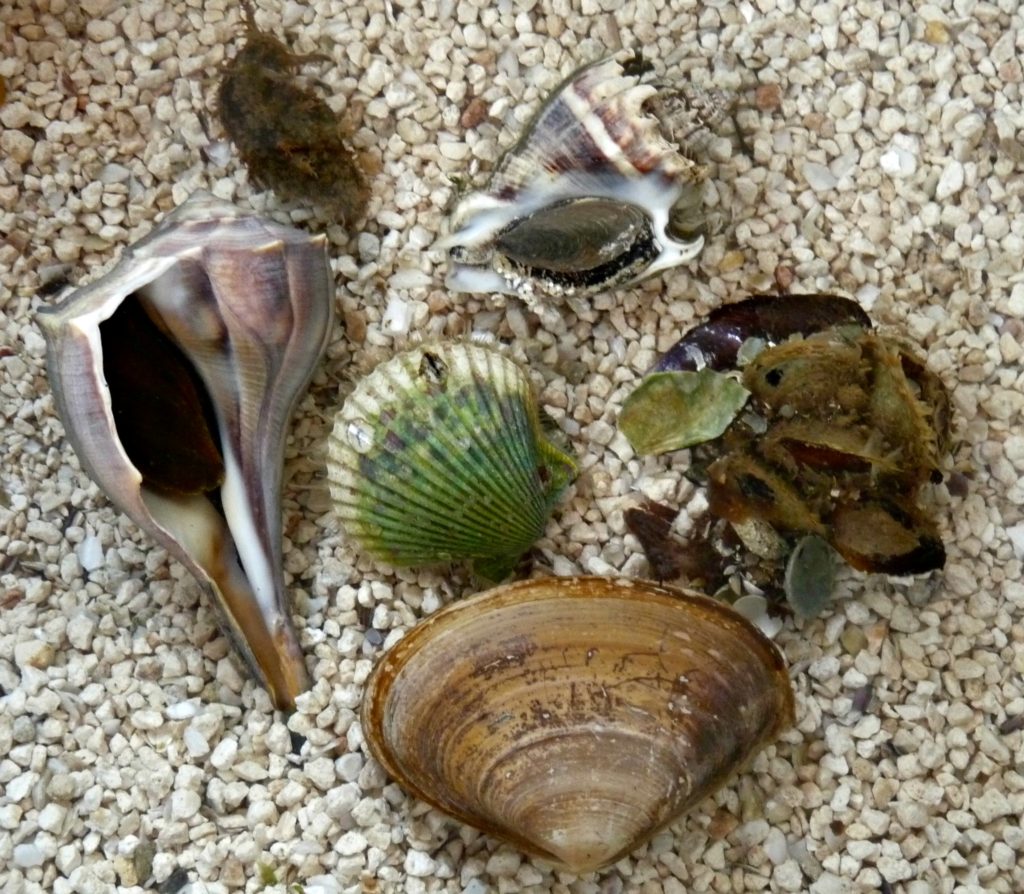
$99.00 – $129.50
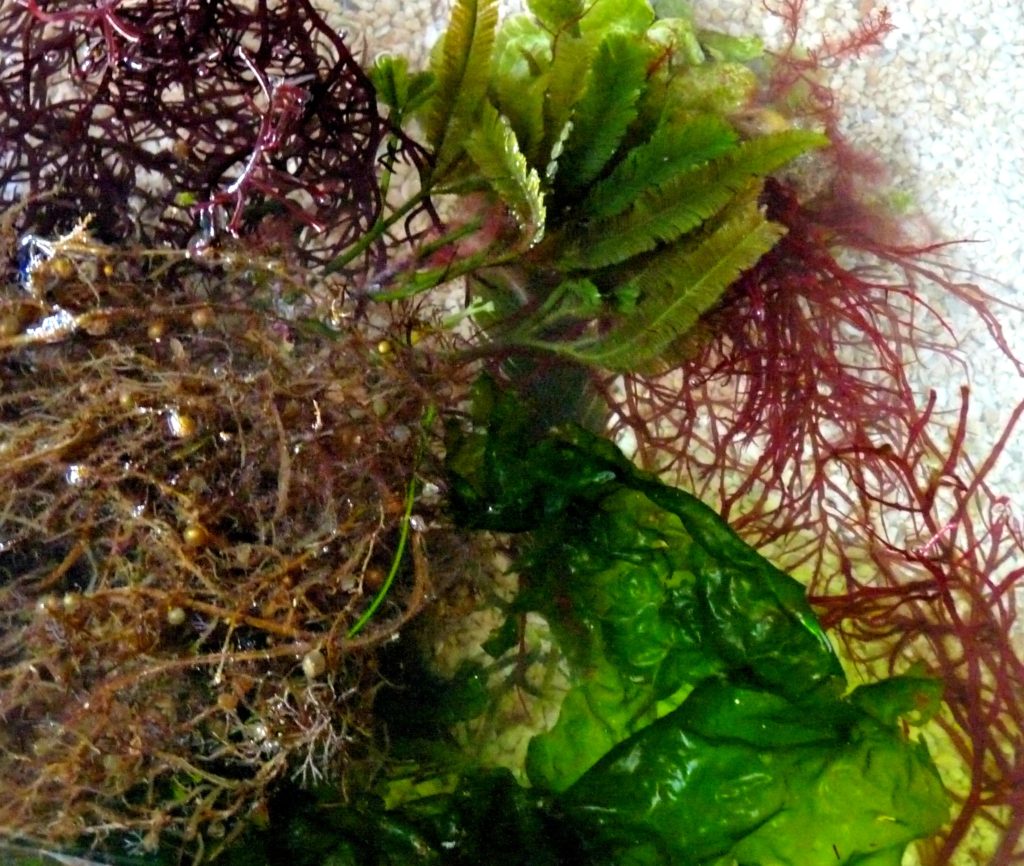
$135.00 – $216.50
$135.00 – $191.00
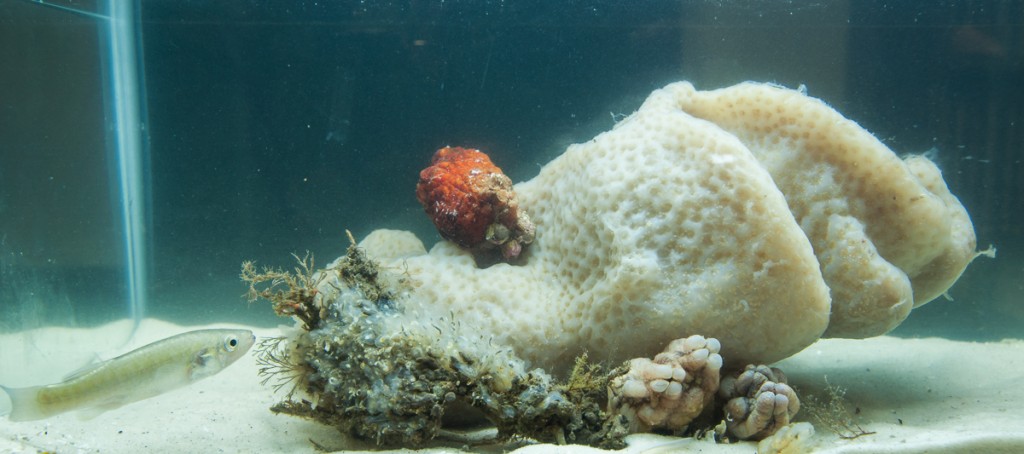
$135.00 – $270.00
Arius felis
Each Dozzen small ---123
Each Dozzen small ---123
Each Dozzen small ---123
Each Dozzen small ---123
$22.50
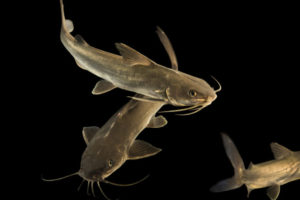
Hardhead sea catfish (Arius felis)
Spheroides nephelus
$25.50
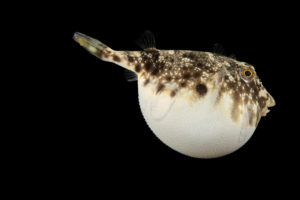
Southern puffer (Spheroides nephelus)
Lactophrys tricornis
$25.50
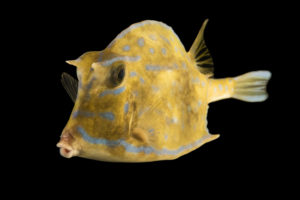
A cowfish (Lactophrys tricornis)
Balistes capriscus
$80.50
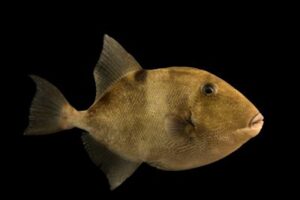
Grey triggerfish (Balistes capriscus) at Gulf Specimen Marine Lab and Aquarium.
Monacanthus hispidus
$13.00 – $17.00
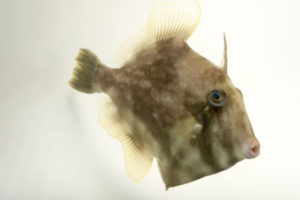
Gobiesox strumosus
$24.50
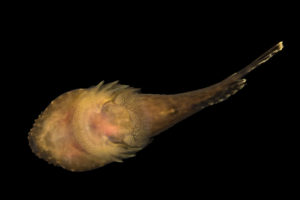
Clingfish or skilletfish (Gobiesox strumosus)
Symphurus plagiusa
$20.00

Trinectes maculatus
$22.50
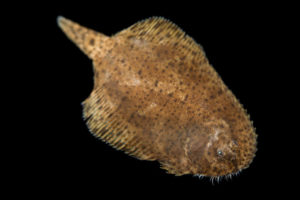
Hogchoker (Trinectes maculatus)
Paralichthys oblongus
$22.50
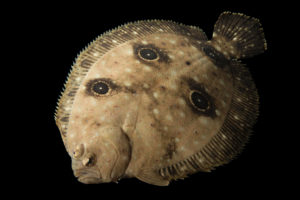
Four-spotted flounder (Paralichthys oblongus)
Paralichthys albigutta
$21.50 – $34.50
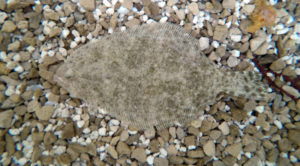
Mugil cephalus.
$22.50
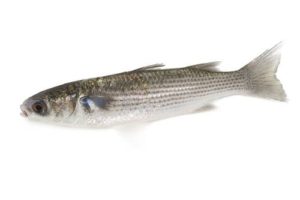
Serranus subligarius
$31.50
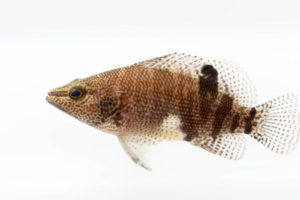
Belted sandfish (Serranus subligarius)
Chasmodes saburrae and other species
$17.00
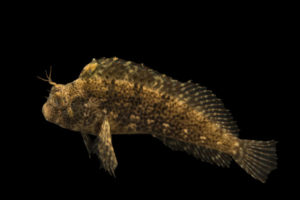
Feather blennie (Hypsoblennius henzi)
Halichoeres bivittatus
$17.50
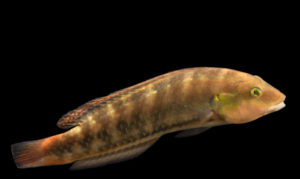
Green wrasse (Halichoeres bivittatus) at Gulf Specimen Marine Lab in Panacea, FL.
Prionotus scitulus, P. tribulus
$25.50
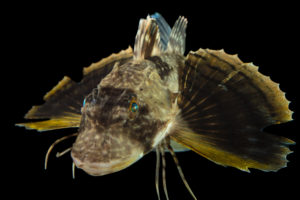
Bighead searobin (Prionotus tribulus)
Scorpaena brasiliensis
$29.00
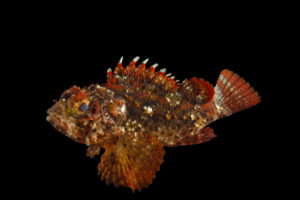
A scorpionfish (Scorpaena brasiliensis)
Chaetodipterus faber
$45.00 – $56.50
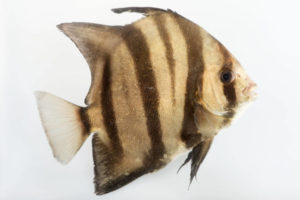
Atlantic spadefish (Chaetodipterus faber)
Diplodus holbrookii
$14.00

Lagodon rhomboides
$14.00

Lagodon rhomboides
An active small anomuran crustacean living in the surf zone. It burrows vigorously through sand, disappears in seconds, and can be easily studied in the classroom. Size: 1-4 cm.
$20.50

A banded, black anomuran crab that scurries about oyster clumps and sponges. Dorsoventrally compressed, it looks as if it were squashed with a hammer, enabling it to hide in crevices. Petrolisthes is a master of escape, camouflage and autotomizing. And it also is a magnificent filter feeder; it rhythmically waves its long flattened mouth parts like a barnacle sweeping the water. Size: 2-3 cm.
$18.50
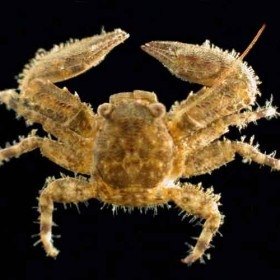
$34.00
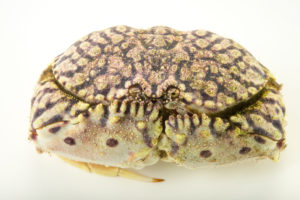
$18.50
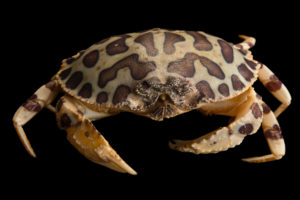
$18.50
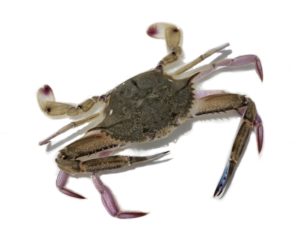
$13.00 – $117.00
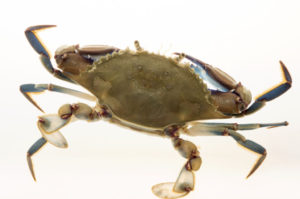
$17.50

$20.50
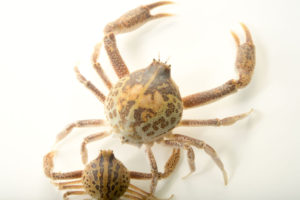
$17.00
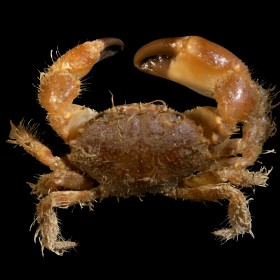
$24.50
